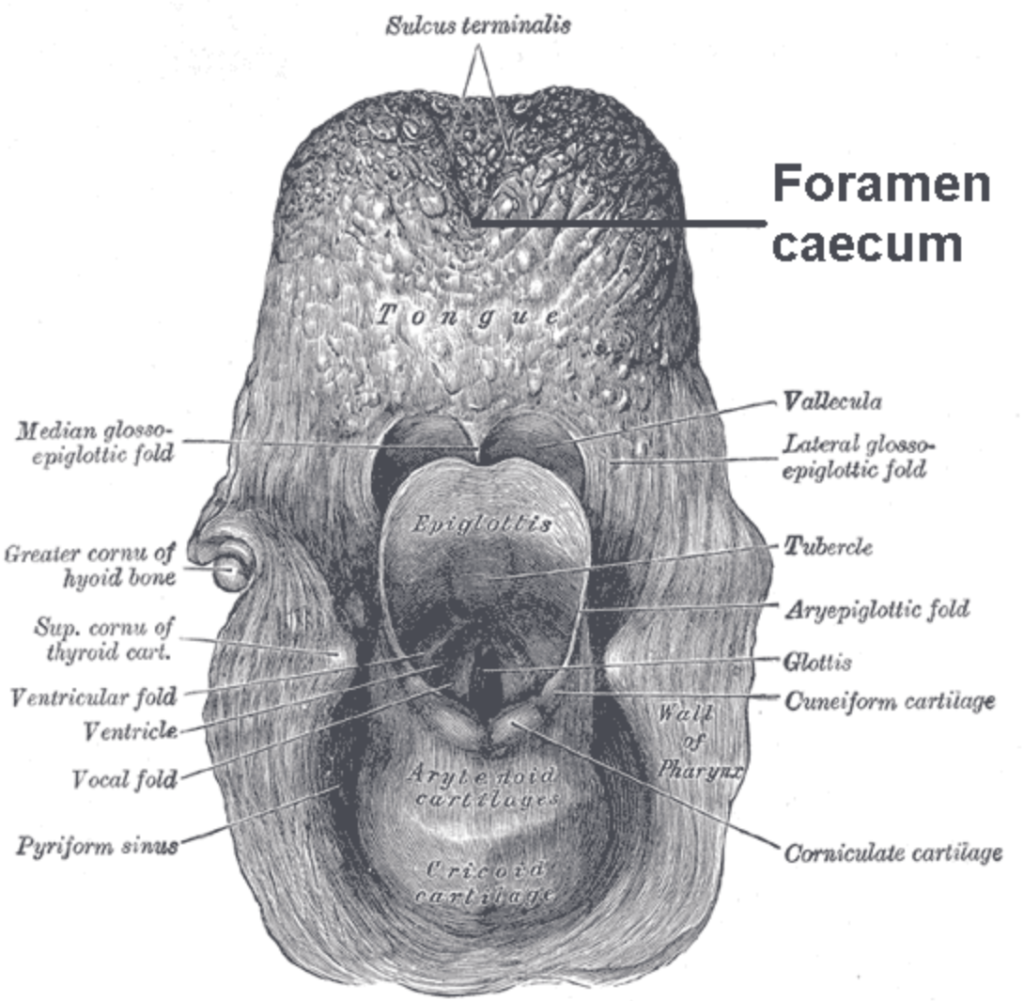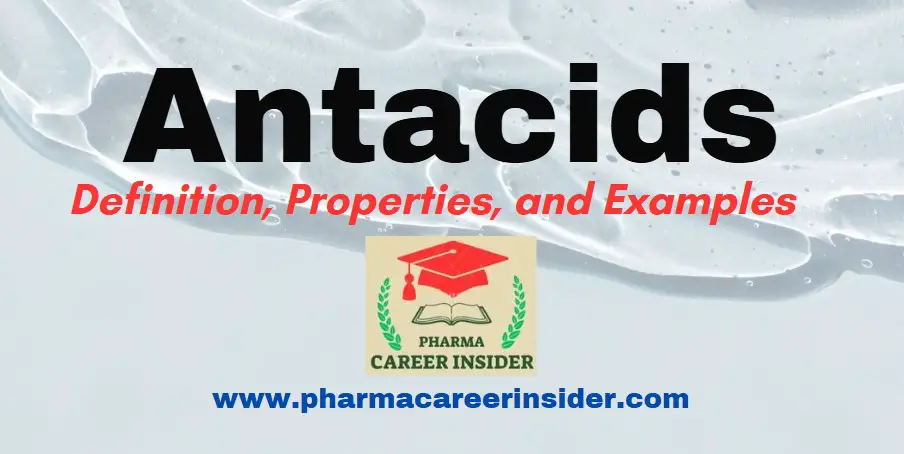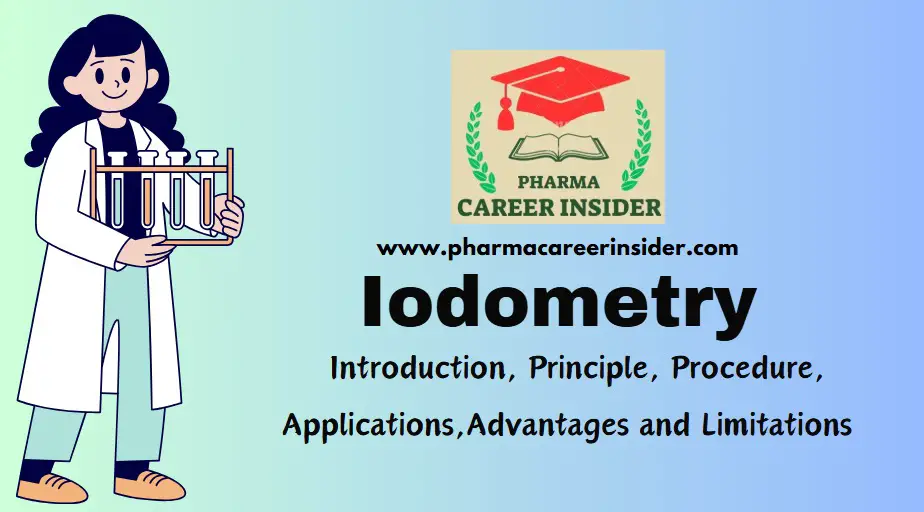The tongue is a muscular and sensory organ located in the oral cavity. It plays a central role in various functions, including taste, speech, and the manipulation of food during digestion. Here’s a detailed note on the structure and functions of the tongue:
Structure of the Tongue
1. Muscular Tissue:
– The tongue is primarily composed of skeletal muscle, which allows for its extensive range of movements.
– The tongue’s intrinsic muscles control its shape, while the extrinsic muscles move it within the oral cavity.
2. Papillae:
– Papillae are small, raised structures on the tongue’s surface.
There are three main types of papillae:
Filiform Papillae: These are small, conical structures that provide a rough surface to the tongue. They do not contain taste buds.
Fungiform Papillae: Mushroom-shaped papillae scattered across the tongue, each containing taste buds.
Circumvallate Papillae: Large, circular structures near the back of the tongue, housing numerous taste buds.

3. Taste Buds:
– Taste buds are specialized sensory organs found in papillae.
– They contain receptor cells that detect taste molecules (tastants) and transmit signals to the brain to interpret different tastes.
– Taste receptors are sensitive to sweet, sour, bitter, salty, and umami (savory) tastes.
4. Salivary Glands:
– Salivary glands within the tongue and surrounding structures secrete saliva into the mouth.
– Saliva moistens food, aids in digestion, and contains enzymes that start breaking down food components.
Functions of the Tongue
1. Taste Sensation (Gustation):
– The primary function of the tongue is to detect and identify different tastes, allowing humans to enjoy a variety of flavors in food and beverages.
– Taste receptors in the tongue transmit signals to the brain, interpreting and distinguishing between sweet, sour, salty, bitter, and umami tastes.
2. Speech and Articulation:
– The tongue is crucial in producing speech sounds (phonemes).
– It shapes the vocal tract by moving against the palate, teeth, and other oral structures to produce different speech sounds.
3. Mastication (Chewing):
– The tongue helps manipulate food within the oral cavity while chewing and mixing with saliva.
– Its movements facilitate the formation of a bolus (a rounded mass of food) for swallowing.
4. Swallowing (Deglutition):
– The tongue is essential in the swallowing process.
– It pushes the chewed food to the back of the mouth and initiates the swallowing reflex.
5. Cleaning and Lubrication:
– The tongue helps remove food particles from the teeth and oral surfaces.
– Saliva secretion from salivary glands in the tongue and oral cavity keeps the mouth moist and aids in food breakdown.
Common Tongue Disorders
1. Geographic Tongue: A benign condition characterized by irregular, map-like patterns on the tongue’s surface.
2. Fissured Tongue: The presence of deep grooves or furrows on the tongue’s surface.
3. Black Hairy Tongue: This occurs when filiform papillae become elongated, discolored, and may look dark or black.
4. Oral Thrush: A fungal infection of the mouth and tongue, often caused by Candida yeast.
5. Tongue Tie (Ankyloglossia): A condition where the strip of skin beneath the tongue (lingual frenulum) restricts tongue movement.




